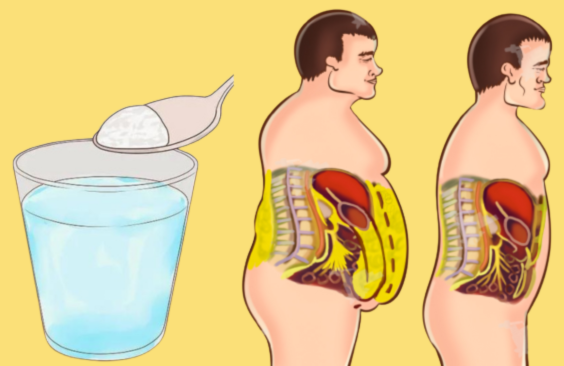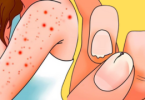When a man walks outside barefoot, he unknowingly encounters tiny bugs on his feet. One or more parasites crawl on his skin and then through the skin. Once inside, these hookworms move until they enter their victim’s stomach. They attach themselves to their host’s stomach and feed on his blood from there.
This is not the plot of some horror movie. This is something that happens to one in four people in the world. That’s 1.9 billion people. But a new study in rodents shows that feeding these worms has benefits such as weight control and improved immunity.
Do not ignore the fact that hookworms can bring trouble. They feed on their host’s blood and are low in iron. This condition, called anemia (Uh-NEE-mee-uh), can make it difficult for the body to carry its normal load of oxygen through the bloodstream. Worms can also cause painful rashes and stunt growth in children. Few doctors prescribe worms to their patients. But new data show how mammals may have evolved to cope with some common and unpleasant infections. And people have been fighting hookworms for a long time. Even ancient mummies show signs of infection.








Leave a Comment